Sucre: The City with Four Names
Sucre is known around Bolivia as the City with Four Names. From its indigenous roots, through the Spanish Empire and into its present-day name which honors a revolutionary hero, Sucre has always had a bit of an identity problem.
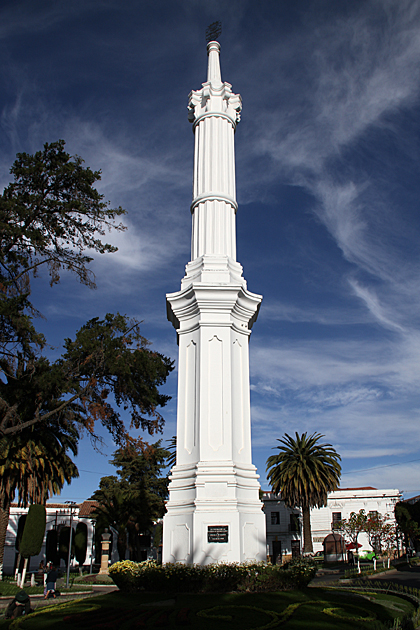
The area was originally occupied by a group of indigenous people called the Charcas who didn’t put up any resistance when the Conquistadors arrived. In 1538, the city was brought into the Spanish Empire as Villa de la Plata de la Nueva Toledo, commonly known as La Plata. The name means “Silver”, and was a nod to the riches which the Spanish “discovered” nearby. During this time of abundance, La Plata was among the New World’s most important cities.
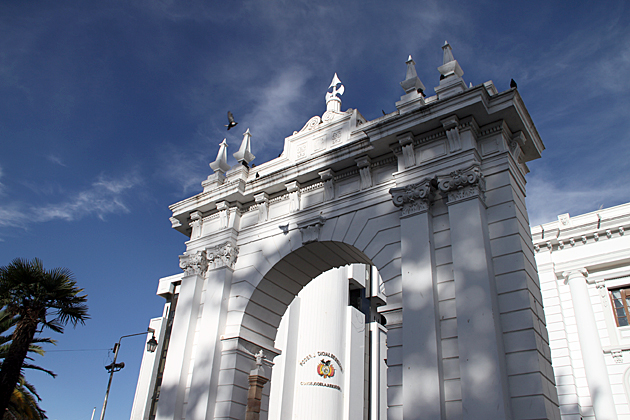
In 1776, The Viceroy of the Río de La Plata was established in Buenos Aires. To avoid confusion, La Plata was renamed to the tongue-twisting Chuquisaca: a bastardized re-working of the Charcas tribe’s main settlement, Choquechaca. With power ceded to Buenos Aires and the silver of Potosí’s mines petering out, Chuquisaca lost most of its former prestige. In 1809, the city’s university students rose up against the Spanish, making Bolivia the first country in Latin America to declare independence…
… and the last to gain it. Sixteen years later, in 1825, Chuquisaca was made the country’s capital city and renamed Sucre in honor of revolutionary hero General Juan Antonio de Sucre. Since then, the city’s history has been as turbulent as the country’s; in its 186 years of statehood, Bolivia has had 80 presidents. And as the capital, Sucre was the scene of a number of coups, assassinations and power struggles. An intense civil war in 1898 ended with Sucre losing power to La Paz; the judiciary is the only branch of government which remained in the old capital.
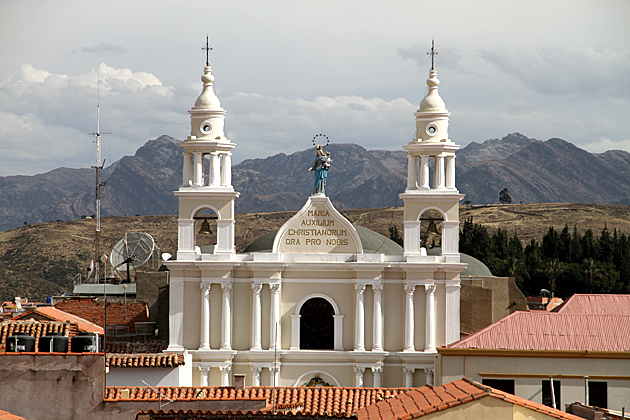
Charcas, La Plata, Chuquisaca and, finally, Sucre. Two names of indigenous origin and two of Western. I suppose that’s fitting for this incredible city, where square streets and gorgeous churches of European design are filled with people of Andean heritage. With its mixture of old world charm, rich history and boisterous street life, I think we choose a great place to start our travels in Bolivia.
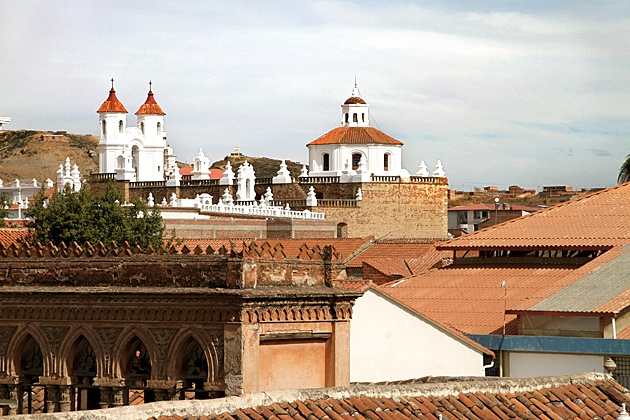
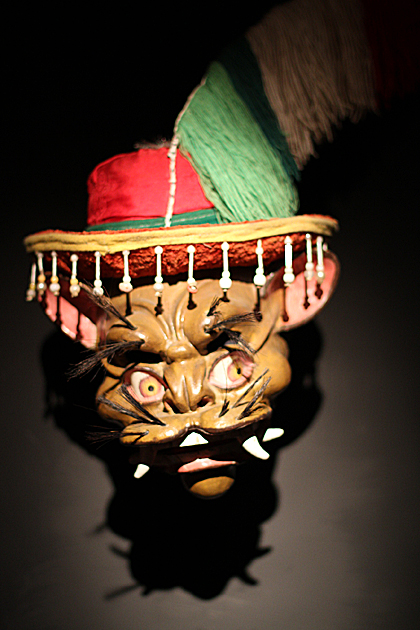
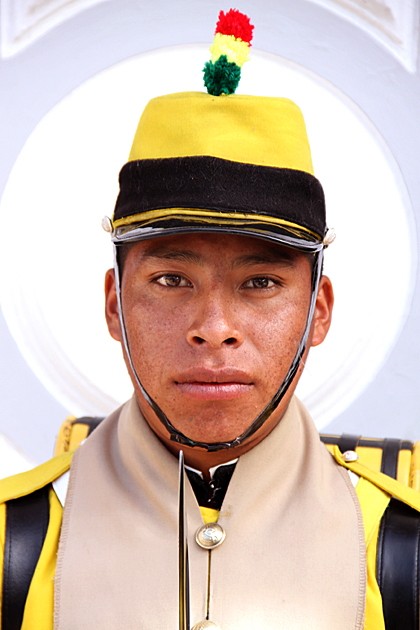
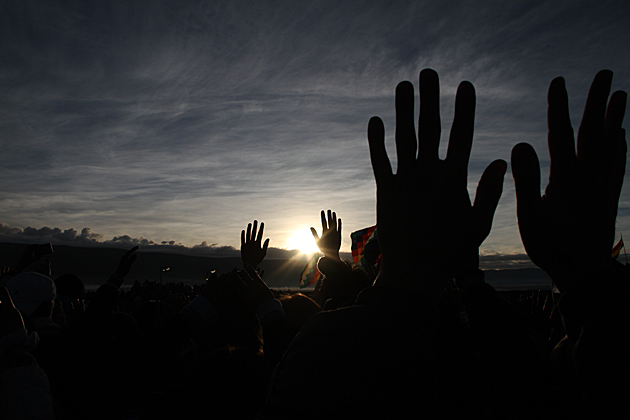

Pingback: Travel Tips: Bolivia Travel Guide | Lengthy Travel
Pingback: For 91 Days in Bolivia | For 91 Days in Bolivia – Travel Blog